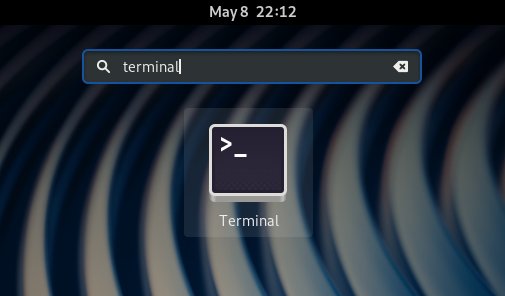RVM Multiple Ruby Version Management on Fedora
How to Getting Started with RVM to Install and Manage Multiples Ruby Versions on Fedora GNU/Linux – Step by step Tutorial.
And RVM for Fedora is a Command-line Tool which allows you to easily Install, Manage, and Work with Multiple Ruby Environments (Interpreters to Sets of Gems).
And so RVM is expressly made to easily Manage:
- Ruby Versions: RVM allows developers to install multiple versions of Ruby on their system and easily switch between them. This is particularly useful when working on projects that require different Ruby versions due to compatibility or dependency reasons.
- Gemsets: RVM also supports the concept of gemsets, which are isolated environments for managing Ruby gems. This enables developers to install different sets of gems for different projects without worrying about conflicts.
If RVM is Not Already Installed you Find included Link to Guide on Installing RVM on Fedora.

1. Launching Terminal
Open a Terminal Shell Emulator Window:
(Press “Enter” to Execute Commands).In case first see: Terminal Quick Start Guide.
Or Login into Server Shell Shell.2. Installing RVM
Install the Ruby Version Manager
Linux How to Install RVM3. Installing Dependencies
Check/Install Git
Simply with:which git
Possibly to Install Git:
sudo dnf install git
Check/Install Patch
Again with:which patch
Possibly to Install Patch:
sudo dnf install patch
Contents